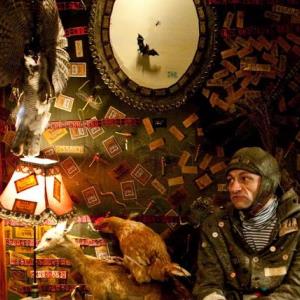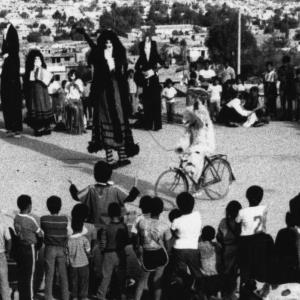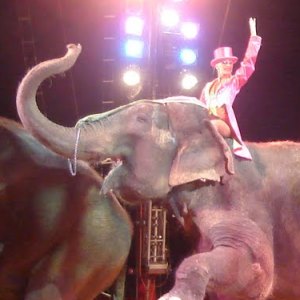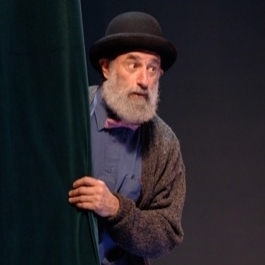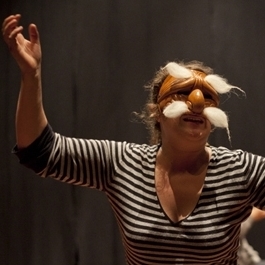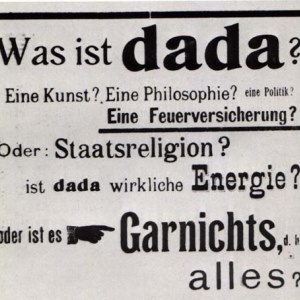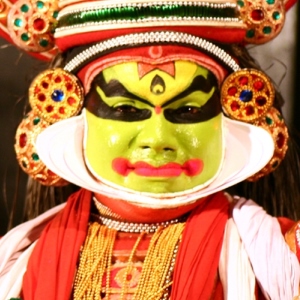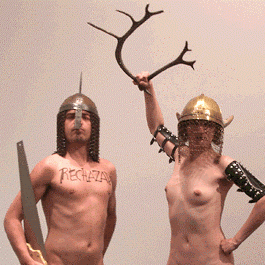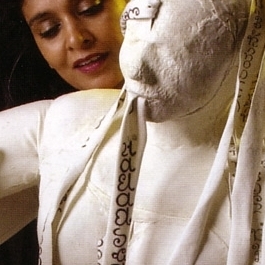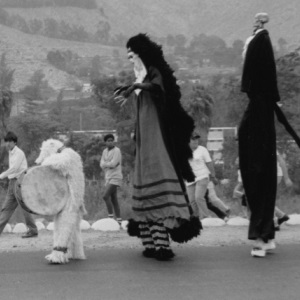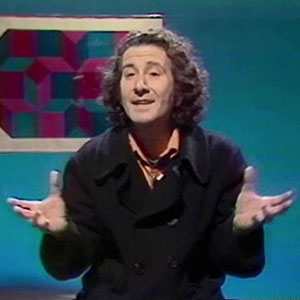Popular theatre embraces practices which range across melodrama, street theatre, circus, vaudeville, clowning, mime and musicals. Historically and culturally, it encompasses popular commercial theatre and, at the opposite end of the spectrum, popular theatre with an overt social or political agenda: each of these, however, are perceived as theatre for and of the people. Outside commercial contexts, popular theatre refers more frequently to a politically and socially minded approach to making theatre, as Bertold Brecht, Augusto Boal or Vsevolod Meyerhold practised, that aimed to bring working-class audiences into theatres or take the theatre out to them. This theatre is ostensibly accessible, cheap to make and participate in, often large-scale and rough-and-ready in format, using vernacular materials or sources, and providing entertainment as much as education or instruction. Popular theatre also draws readily on structures such as carnival, sports, happenings, circus and the spaces we might associate with them, as well as familiar forms like puppetry or masks, to broaden its appeal and encourage access. Those who have continued to work predominantly within theatre architecture, like Meyerhold and Brecht, have attempted to change its atmosphere, its scenography and its appeal to popular audiences. The idea of formalizing popular theatre as an institution or recognized term began most evidently in mid eighteenth-century France with Jean-Jacques Rousseau’s call for a ‘théâtre populaire’. The popularizing of theatre, however, is complex and needs to encompass many sociological as well as aesthetic considerations: about the space in which the events happen, the form it takes, its content, the economics of the artistic exchange, cultural diversity and the message or import of the work and its life after the performance. The very idea of popular theatre is an ideological concept that is hard to attain in practice. From the RCTP
Image: A Midsummer Night’s Dream, directed by Don Wadsworth. Philip Chosky Theater

